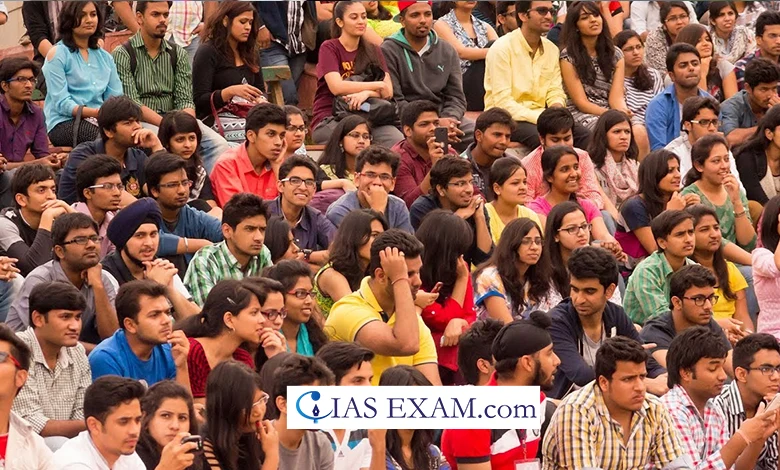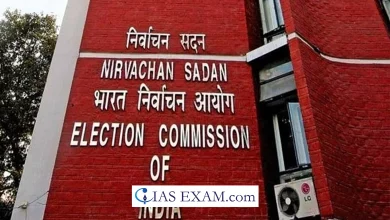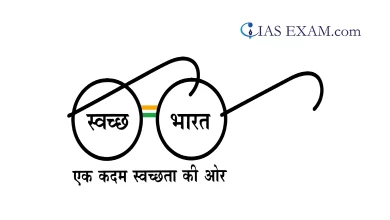
Context
A recent report by the International Labour Organization (ILO) and the Institute for Human Development (IHD) revealed that two out of every three unemployed individuals were young graduates.
Unemployment in Indian States has long been a pressing issue, with significant implications for economic growth, social stability, and individual well-being. The recent economic downturn exacerbated by the COVID-19 pandemic has further highlighted the urgency of addressing this challenge.
Observations of ILO Report
Unemployment across Indian States
- Highest Unemployment Rate: At almost 10%, Goa’s unemployment rate is more than three times the national average of 3.17%. Four of the top five states with high unemployment rates (Goa, Kerala, Haryana, and Punjab) are comparatively richer states.
- Lower Unemployment Rates: Maharashtra and Gujarat, which are rich states in western India, experience unemployment rates far less than the national average.
- Unemployment in Northern and Southern states: All northern states (Jammu and Kashmir, Punjab, Haryana, Uttarakhand, and Himachal Pradesh) and most southern states have unemployment rates higher than the national average, except Karnataka.
- Unemployment below the National Average: Out of the 27 states considered, 12 states have unemployment rates less than the national average.
- Lower unemployment rates in poorer states: Except for Maharashtra and Gujarat, most states with unemployment rates lower than the national average also have per capita incomes lesser than the national average.
Relation between Urbanization & Unemployment
- As per the Reports, there is a negative relationship between self-employment and unemployment where a significant portion of informal self-employment is in agriculture and the rural sector.
- Highly urbanized states tend to have higher unemployment rates States like Goa and Kerala, which are highly urbanized, experience high unemployment rates. This is attributed to the limited scope for informal jobs in urban settings compared to rural agriculture, which acts as a reserve for absorbing surplus labor.
- Although informal sectors exist and thrive in urban settings, they have limited capacity to absorb job-seekers compared to rural agriculture. There are also some states like Gujarat and Maharashtra who, despite being highly urbanized, have lower unemployment rates compared to states like Uttar Pradesh and Madhya Pradesh.
Nexus between Education & Employment
- Highly educated labor force and Unemployment: Kerala, with a highly educated labor force (30% of graduates), faces high unemployment.
- In contrast, Gujarat and Maharashtra have lower proportions of graduates in their labor force (14% and 20% respectively) and experience lower unemployment rates despite being richer and urbanized.
- High unemployment among Graduates: Graduates may lack the skills required for the growing modern sector, highlighting the need for improved teaching infrastructure and standards.
- Graduates aspire to high-wage jobs that match their skills, leading to unemployment if the modern sector doesn’t expand enough to absorb them.
Reasons behind Unemployment in Indian States
- At the heart of the issue lies the complex interplay of structural, cyclical, and demographic factors.
- Structural unemployment, stemming from a mismatch between the skills demanded by employers and those possessed by job seekers, remains a persistent concern. This disconnect is particularly pronounced in states with large informal sectors and inadequate access to quality education and vocational training.
- Cyclical unemployment, driven by fluctuations in the business cycle, has been exacerbated by the pandemic-induced economic slowdown.
- The closure of businesses, disruptions in supply chains, and loss of livelihoods have disproportionately affected vulnerable populations, including migrant workers and daily wage earners.
- Demographic factors, including population growth and youth bulges, pose both challenges and opportunities.
- While India boasts a demographic dividend with a large young workforce, the lack of employment opportunities commensurate with the growing labor force exacerbates unemployment rates, particularly in states with limited industrialization and job creation.
Way Forward
Addressing youth unemployment necessitates improving education quality to match job market demands, fostering skill development for the modern sector, promoting entrepreneurship, and enhancing rural employment opportunities. Policy interventions should target these areas for inclusive growth and employment generation.
Moreover, fostering inter-state collaboration and knowledge sharing can facilitate the exchange of best practices and innovative solutions to tackle unemployment effectively. By prioritizing employment generation and economic empowerment, Indian states can pave the way for sustainable and inclusive development, unlocking the full potential of their human capital and driving progress nationwide.
SOURCE: The Hindu





.png)



